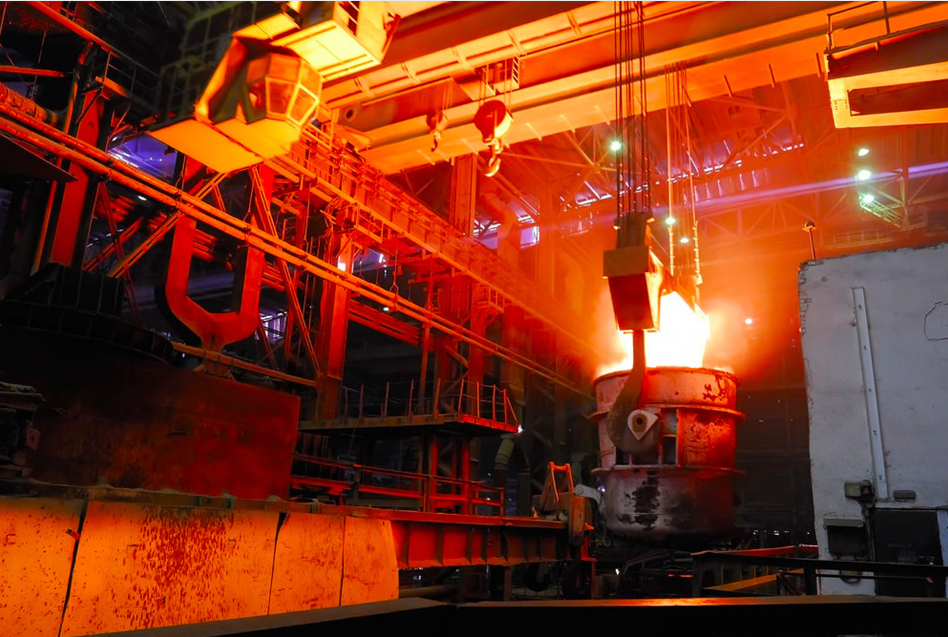Creating a die casting mold is an intricate process that requires careful planning, precision engineering, and advanced manufacturing techniques. Die casting is a highly efficient and cost-effective way of producing complex metal parts in large volumes, and the mold is a critical component in the overall process.
The first step in creating a die casting mold is to design the part that will be produced. This involves determining the geometry of the part, the material that will be used, and any special features or requirements that the part may have. Once the design is complete, the next step is to create a 3D model of the part using computer-aided design (CAD) software.
The 3D model is then used to create a tooling design, which includes the mold base, cavities, and any necessary slides or ejector pins. The tooling design must take into account the material properties of the metal being used, as well as the casting process itself. The tooling design is typically created using specialized software that can simulate the casting process and ensure that the mold will function correctly.
Once the tooling design is complete, the next step is to manufacture the mold. This involves several steps, including rough machining, finish machining, and heat treating. Rough machining involves removing excess material from the mold base and cavities using cutting tools. Finish machining involves using specialized tools to create the final shape and surface finish of the mold. Heat treating is used to harden the mold and increase its lifespan.

After the mold is manufactured, it must be tested and inspected to ensure that it functions correctly. This involves using a test casting to verify that the mold produces parts that meet the required specifications. Any necessary adjustments or repairs are made at this stage.
Once the mold has been approved, it can be put into production. The casting process typically involves melting the metal and injecting it into the mold under high pressure. The metal solidifies in the mold, and the part is then ejected using slides or ejector pins.
In conclusion, creating a die casting mold is a complex process that requires careful planning, precision engineering, and advanced manufacturing techniques. The mold is a critical component in the die casting process, and must be designed and manufactured with great care to ensure that it functions correctly and produces parts that meet the required specifications. With the right tools, software, and expertise, it is possible to create high-quality die casting molds that can produce complex metal parts in large volumes.
-

- Magnesium thixomolding parts UAV housing
-

- OEM Die casting manufacturer produce magnesium alloy auto dashboard
-

- 2022 Wholesale Hot Sale Bicycle Parts Magnesium Alloy Children Bike No Pedal Balance Bicycle Kids Multiple Colors Available
-

- Magensium mountain bike frame
-

- Magnesium alloy thixomolding die-casting UAV parts
-

- High precision magnesium thixomolding components UAV cover

 0086-750-5616188
0086-750-5616188 +86 13392089688
+86 13392089688 sales@zhongmei-tech.com
sales@zhongmei-tech.com







